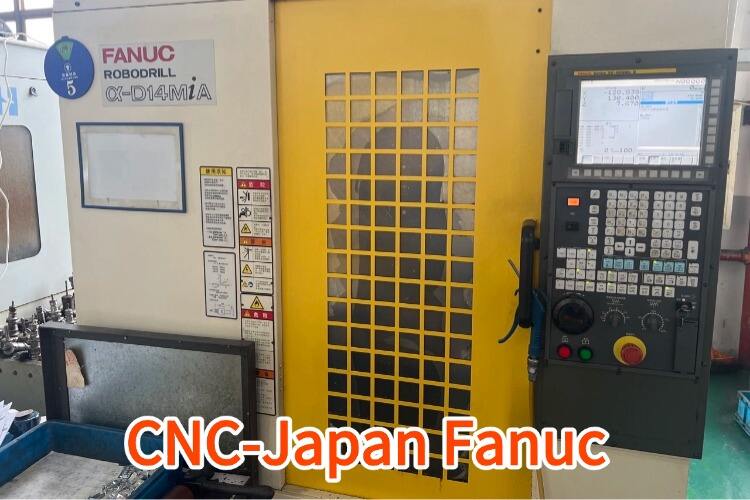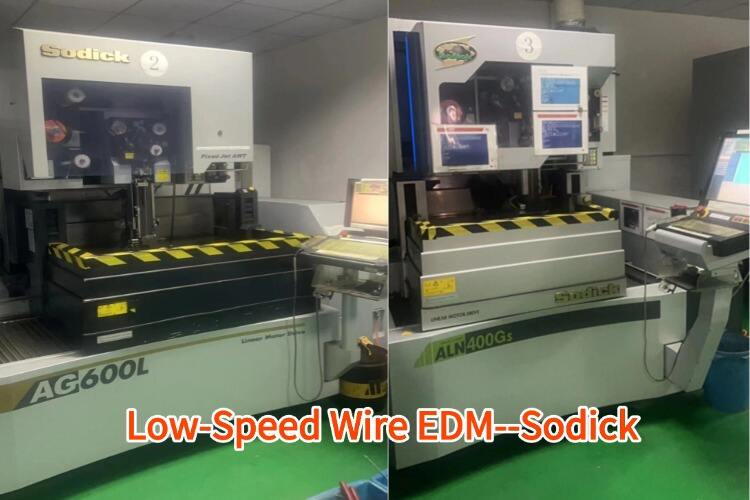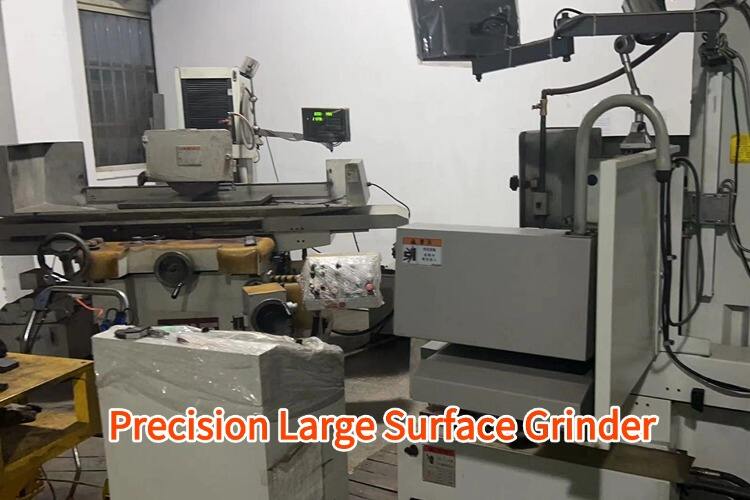cold stamping
Cold stamping is a sophisticated manufacturing process that involves shaping and forming metal materials at room temperature through controlled pressure and specialized tooling. This versatile technique creates precise components without the need for heating the material, making it highly efficient and cost-effective. The process utilizes dedicated stamping equipment that applies significant force to transform flat metal sheets into desired shapes through various operations including blanking, piercing, bending, and forming. Cold stamping is particularly valued in industries requiring high-precision components, such as automotive manufacturing, electronics, and consumer goods production. The technology enables manufacturers to achieve tight tolerances and consistent quality while maintaining high production rates. One of its key technological features is the ability to produce complex geometries in a single operation, significantly reducing production time and material waste. The process is highly automated, incorporating advanced sensors and control systems to ensure precise material positioning and force application. Cold stamping has evolved to accommodate various materials, from soft aluminum to high-strength steels, making it adaptable to diverse manufacturing needs. The technique's reliability and repeatability make it indispensable in modern manufacturing, particularly for high-volume production scenarios where consistency is crucial.


